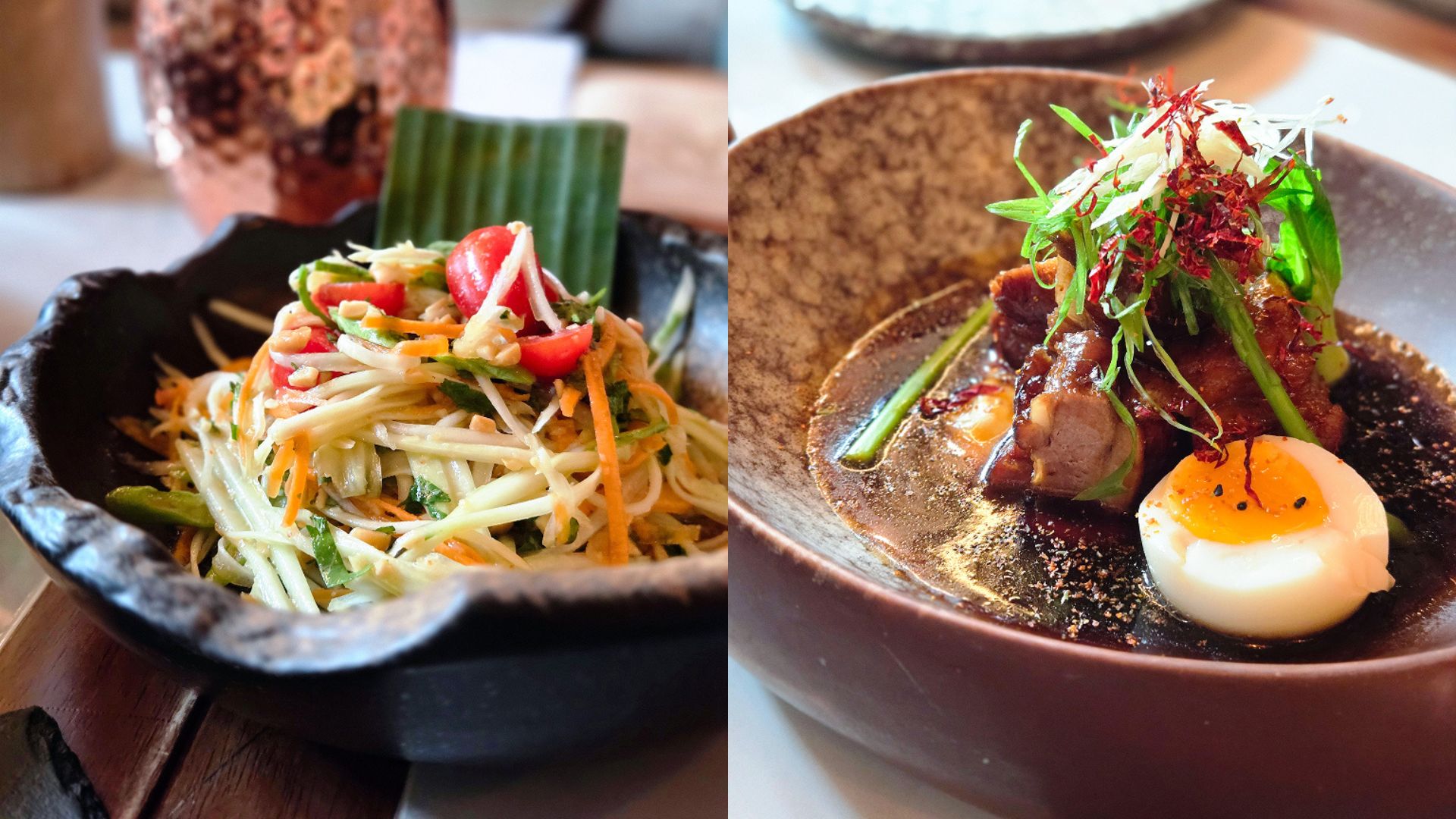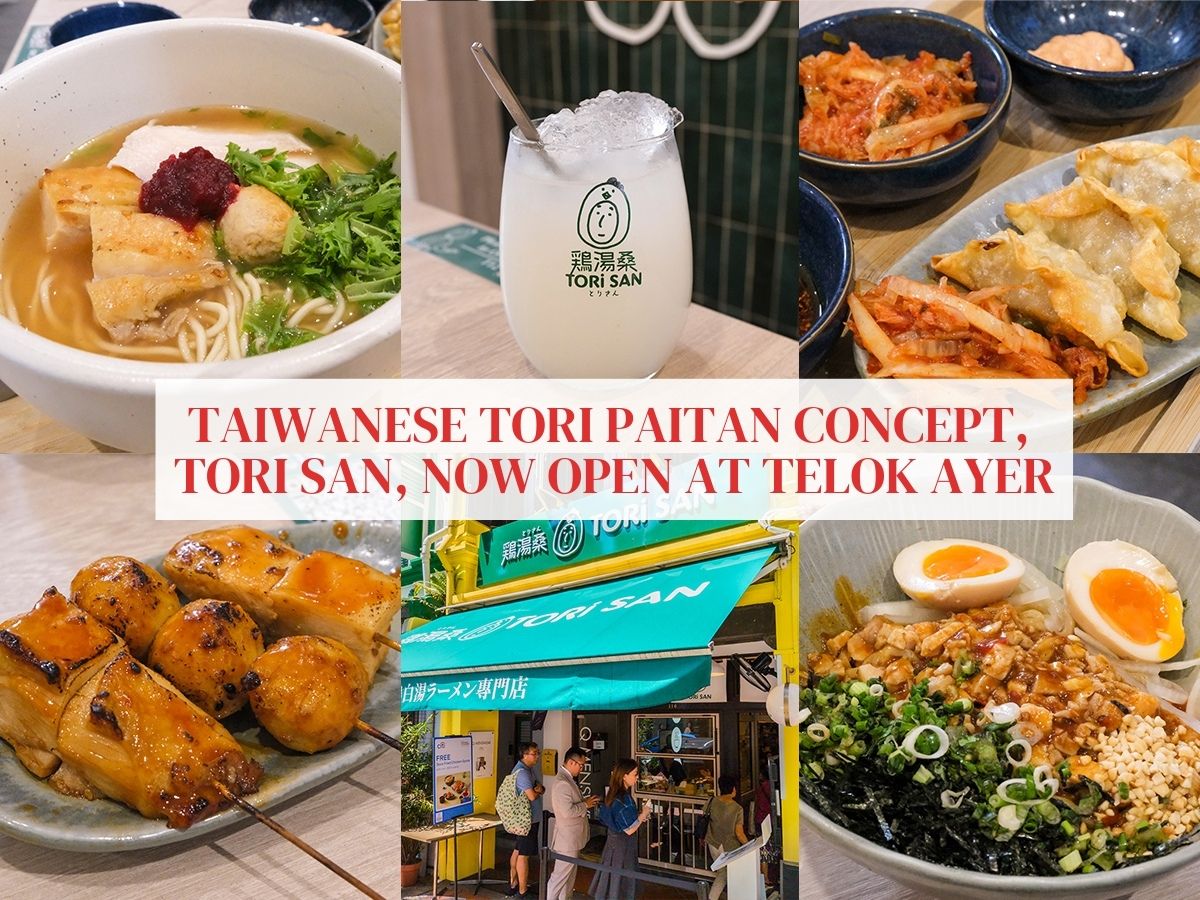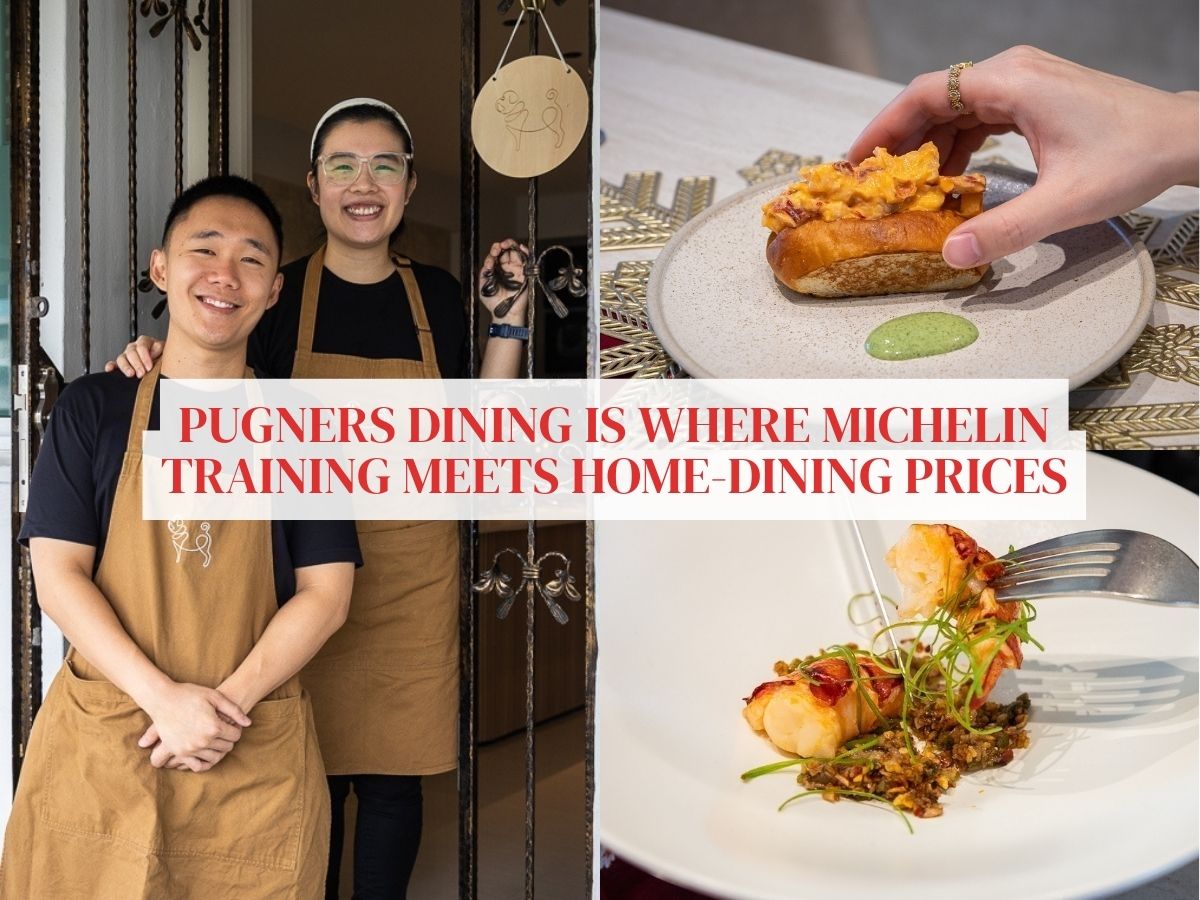Burma Social unveils a bold new menu of cross-cultural Burmese flavours
Burmese flavours don’t often get the spotlight in Singapore, but Burma Social makes it impossible to miss.
Its newest “Feast of Six Kingdoms” menu refresh is a playful storytelling experience guided by the fictional Prince Pyu Pyu, taking diners through Burmese dishes inspired by neighbouring China, Thailand, India, Bangladesh, Laos — and now, Japan.
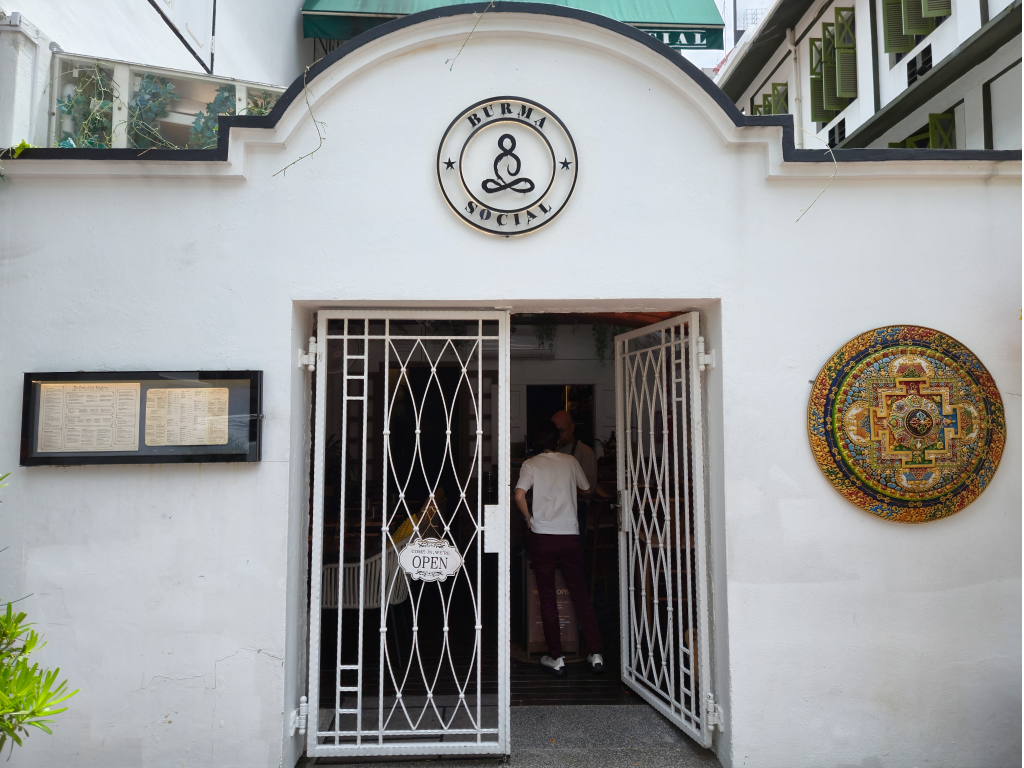
Both Burma Social’s Tras Street and Siglap outlets serve this colourful culinary journey, where street-style bites meet modern flair.
The fresh menu features inventive dim sum, bao buns, sushi rolls, and mains such as coastal crab curry.
Expect bold flavours, vibrant plating, and a cross-cultural mix that keeps things exciting, while staying true to its Burmese heart.
Plates worth talking about
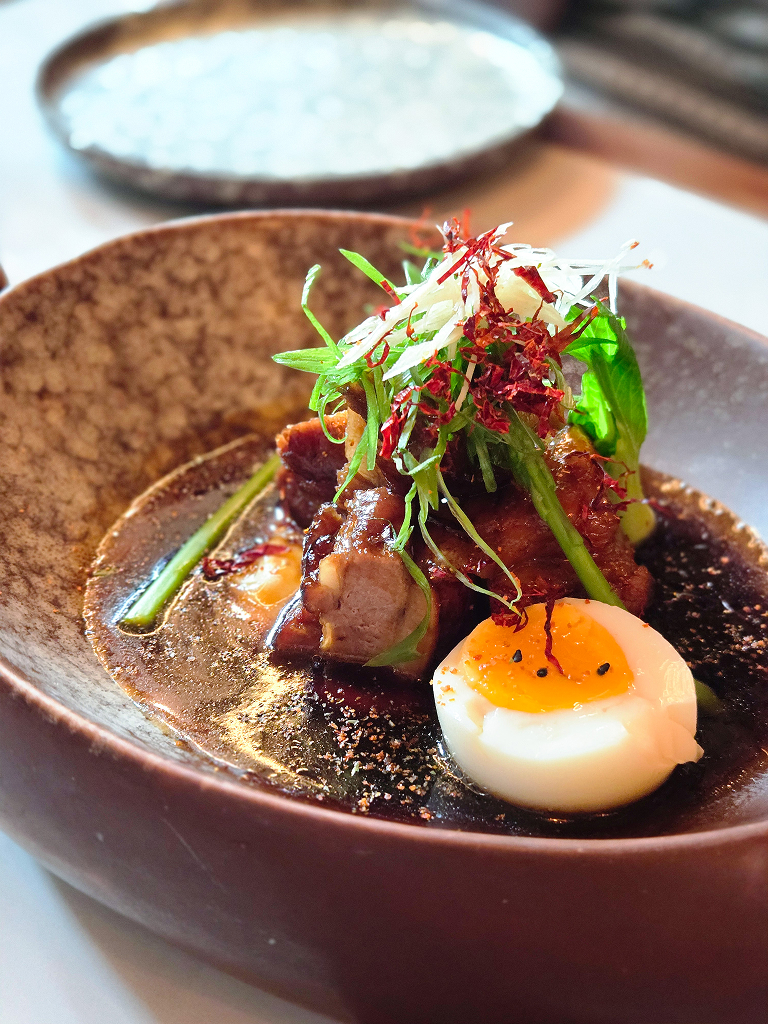
Take the braised pork belly (S$28), for instance — a Burmese-style preparation that’s slow-braised for 18 hours and finished with a sweet soy glaze. A soy-cured egg adds richness, offering a twist on the Chinese-style braises we’re used to in Singapore.
The meat in this new addition to the menu leans a touch firmer than expected, but the sweet-savoury balance makes it a worthy sharing plate, especially alongside a comforting carb.
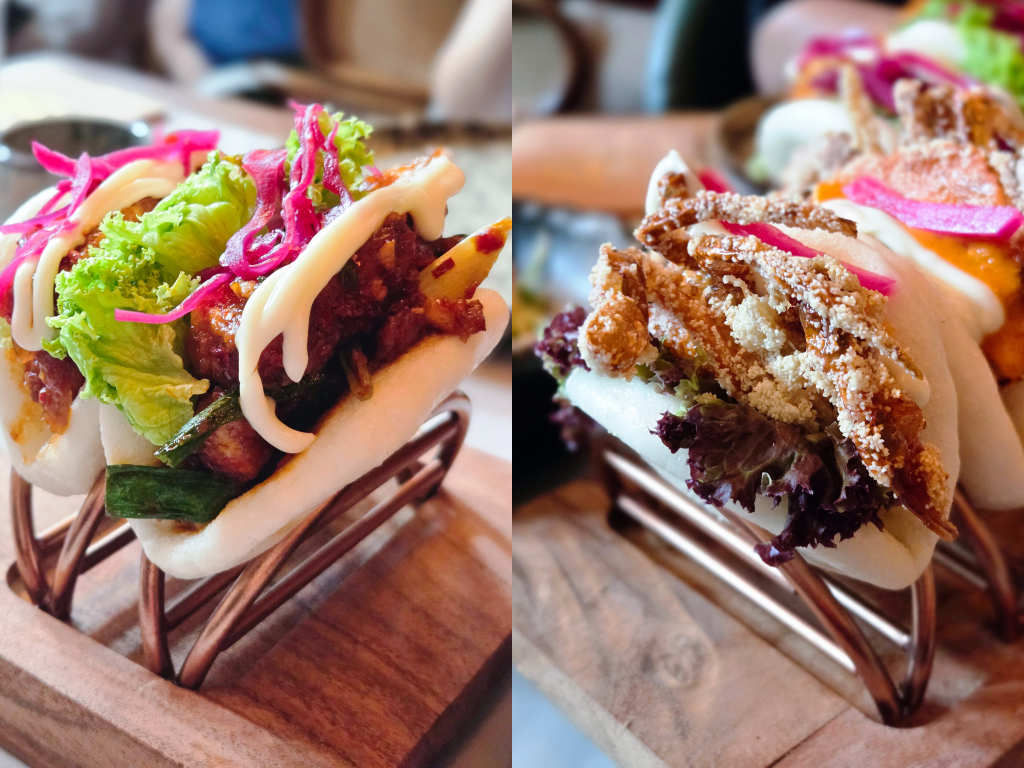
The bao buns are also new and arrive in sets of two — each variant with its own personality. The soft-shell crab bao (S$20 for two) is a standout, delivering a satisfying crunch beneath its fluffy bun, while the chilli garlic tofu bao (S$16 for two) packs a pleasant heat.
That said, the softer texture of the tofu might not be for everyone — a small quirk in an otherwise fun bite.
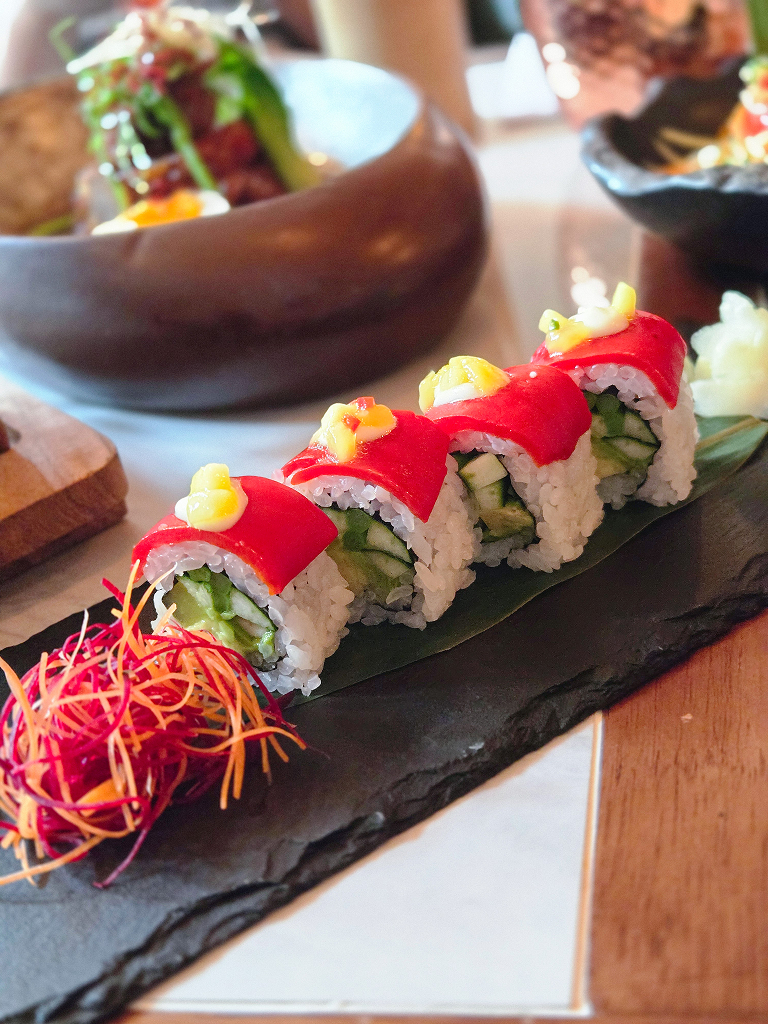
Elsewhere on Burma Social’s menu, other lighter options shine too, such as the piquillo wild roll (S$14 for four pieces), which wraps asparagus, avocado, and cucumber into a sushi roll, topped with piquillo pepper and sweetened with chilli mango salsa.
It’s the kind of appetiser that works wonders on a sweltering day, waking up the palate without overpowering it.

Similarly, the Bangkok papaya salad (S$22 for the vegetarian version, S$25 with prawns) brings its dependable crunch and tang. However, a few more crushed nuts — and a braver hand with the spice — could easily tip it into star territory.
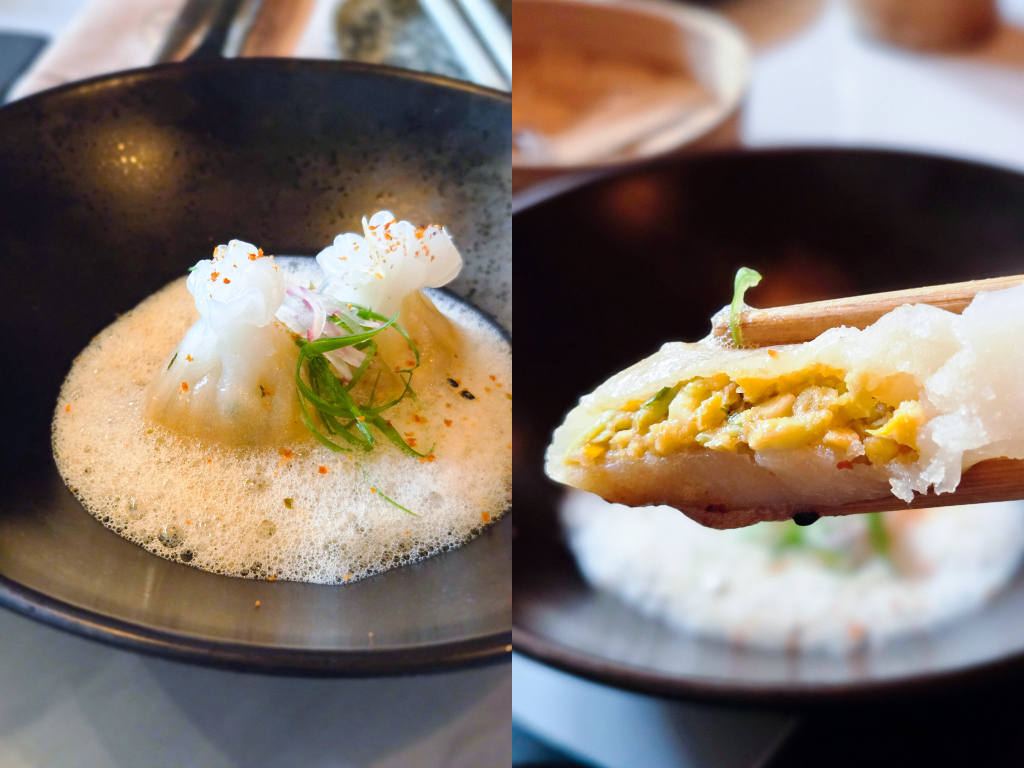
If you’re looking for something even gentler still, the truffle edamame and chilli foam (S$19) is a subtle opener, with just a hint of truffle drifting through the air. The edamame is steamed till soft, with a texture similar to chickpeas, resulting in a convenient one-bite dumpling.

But after all the niceties and gentle lead-up to the mains, we braced ourselves for Burma Social’s real scene-stealer — the coastal crab curry and pav (S$38). Inspired by Malvani curry from India’s Maharashtra region, this rich, coconut-laced version swaps chicken for perfectly crisp soft-shell crab.
The thick curry clings luxuriously to the meat, and the warm, housemade pav (a soft Indian bread) makes it dangerously easy to keep going back for more.
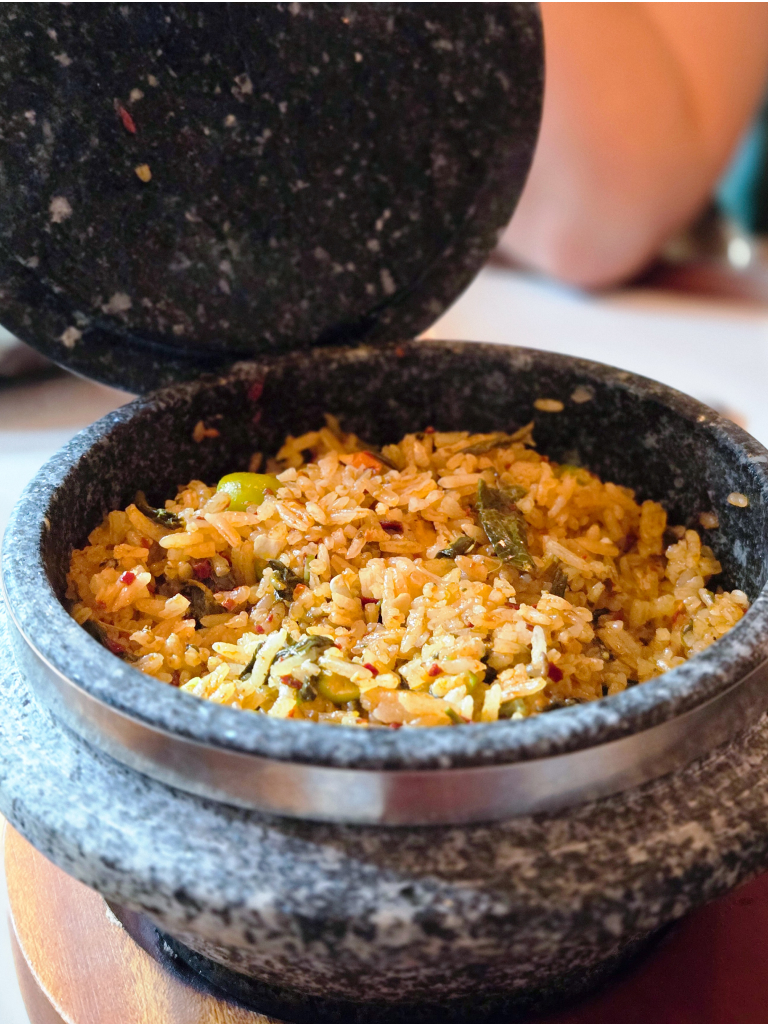
To pair with the curry (if the pav isn’t enough), consider the Rangoon laphet in hot stone (S$32), featuring pickled tea leaves and seasonal vegetables atop sizzling, crispy rice in a hot claypot.
While pickled tea leaves might not sound appealing, think of it as a nutty condiment to the crispy rice. The dish is mild on spice, but high on shareability — an ideal centrepiece for the table.
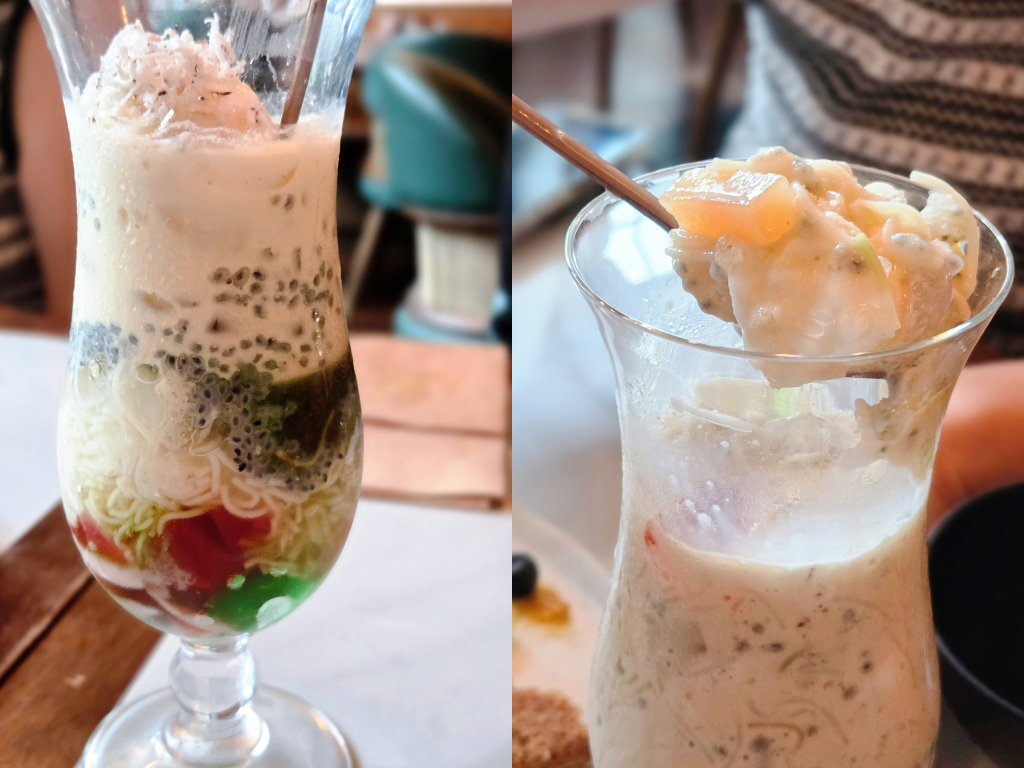
And to finish, the falooda (S$21) offers a riot of textures: Rose and khus (a type of grass known as vetiver) jellies, gond katira (a natural resin called tragacanth gum), cocktail fruits, vermicelli, basil seeds, coconut ice cream, fresh coconut shavings, and rabri (a sweet condensed milk-based dish made by boiling milk on low heat for a long time, until it becomes dense).
Served chilled, it’s a playful palate-cleanser that doubles as a conversation starter, especially if you’re already too full for a heavier dessert. We thoroughly enjoyed the variety of textures as we kept stirring it — allowing us to experience different flavours with every mouthful.
Where cultures converge
In a dining scene where multi-cuisine concepts can sometimes feel like a jack-of-all-trades, Burma Social manages to thread a coherent narrative through its plates, even after nearly two years on the scene.
Burma Social’s new menu doesn’t just tick boxes for regional representation. It uses flavours from neighbouring countries to deepen the Burmese culinary story — not dilute it.
Some dishes lean more towards comfort and sharing, others towards playful fusion, but all feel grounded in a sense of place.
For diners who appreciate both the familiar and the unexpected, this is a spot that invites you to eat widely, think about what’s on your plate, and maybe discover a new favourite along the way.
For more ideas on what to eat, read our story on Korea’s beloved Standard Bread’s first-ever Singapore outpost at RWS and our mini guide on where to eat in Hiroshima, Japan.
